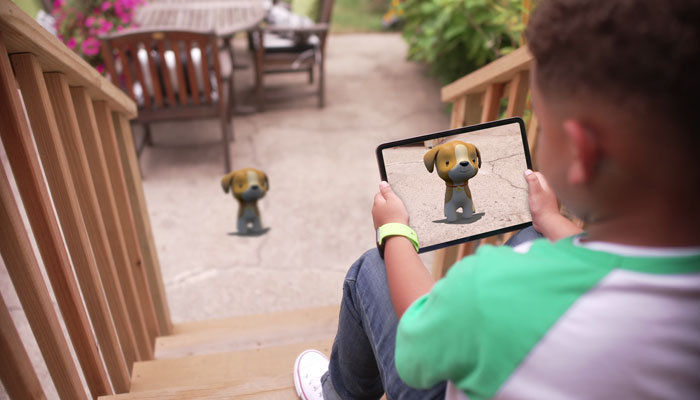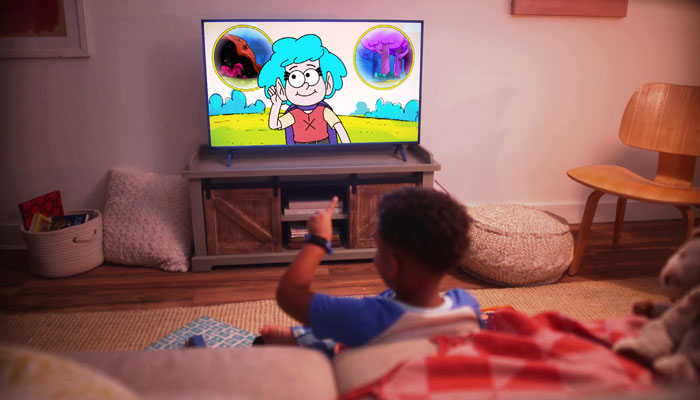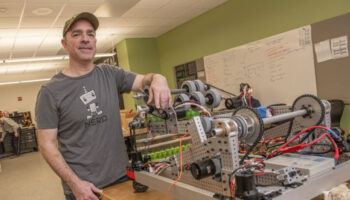What can toy and game inventors do with speech recognition tech?

“What can a toy or game inventor like me do with speech recognition?”
At SoapBox Labs, we get that question a lot. While we’re used to everyday solutions like smart assistants in our kitchens, speech recognition still adds a brand-new dimension to kids’ toys, games and entertainment experiences.
So what can you do with speech recognition? The simple answer is “a lot.”
Speech recognition transforms games and toys from passive to interactive experiences, and it’s hard to put a value on the importance of that transformation for a kid. Have you ever heard of a kid that didn’t want to talk back and forth with their favourite toys and characters?
Even better, SoapBox makes voice-enabling those experiences seamless, quick, and straightforward.
Are you an inventor who always wished you could remove the need for buttons, controllers, and menus in your kids’ products? If that’s a “North Star” for you in a new product experience, read on.
Here are three examples of the future of voice-enabled toys and games.
1. Interactive TV and Movies
Kids’ favourite TV series and movies might be fun and entertaining, but they’re ultimately passive experiences. A kid might adore Peppa Pig but never be able to talk to her. And forget about helping Dora explore the jungle or Spider-Man choose the next bad guy to take down.
Speech recognition turns the traditional entertainment paradigm on its head. In TV and movies, it allows for branching narratives, where a child can guide their favourite character and pick which room in the haunted mansion they go into next.
It also offers up the opportunity of different endings, so a kid can use their voice to unfold a new story every time they watch.
Here’s the new normal when it comes to kids’ interactive TV experiences:
Six-year-old Noah, sitting on his living room couch, wakes the TV up with his voice and says:
“I want to watch my show.”
An animated character appears on the TV screen, welcomes Noah back and says:
“Ready to continue our adventure?”
Noah responds, “I wanna do something different this time.”
Character: “Something different? Good idea! Where shall we start — on top of the mountain or deep in the forest?”
Noah: “In the deep dark forest!”
Character: “Great idea. Into the forest we go!”
And on Noah’s adventure goes with him directing the activity, and the outcome.

2. Voice-Powered AR Games
Like with interactive TV, voice-enabled experiences free up kids’ hands — and minds — for more immersive AR adventures. Kids no longer need to manage controllers or press a myriad of buttons to drive their 3D characters. Thy use voice commands instead.
Imagine Noah and his AR dog, Oreo, who turns, jumps, sniffs, and wags his tail thanks to voice commands. With speech recognition integrated into AR games, kids can be truly immersed in voice-driven, hands-free, experiences.
3. Talking Toys
Voice-enabled entertainment experiences don’t always have to be connected to the cloud.
It’s becoming more and more economical to add voice to embedded chips so that the voice data remains “on device” for enhanced privacy. Powered by an embedded chip, toys can finally engage in conversations with their kid owners. They can respond to wake commands, follow voice controls, and have natural conversations with the kids who own and love them. Imagine a kid being able to talk to a beloved character, like say, Buzz Lightyear.
Voice-powered toys and action figures, like Buzz, are more fun for kids and can be educational too. How they respond to and engage with kids is only limited by the imaginations of their creators.
To start exploring speech recognition — how it works and how to integrate it into your toys and games — contact us at SoapBox, and take advantage of our expertise. We can help you bring your toys to life, transforming them forever for kids.
—
To stay in the loop with the latest news, interviews and features from the world of toy and game design, sign up to our weekly newsletter here



























